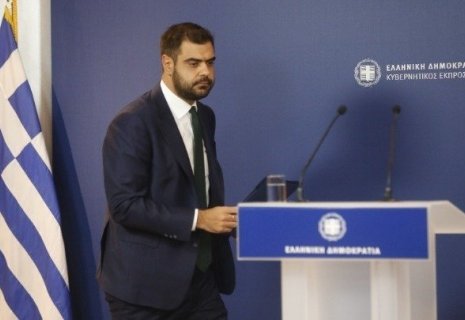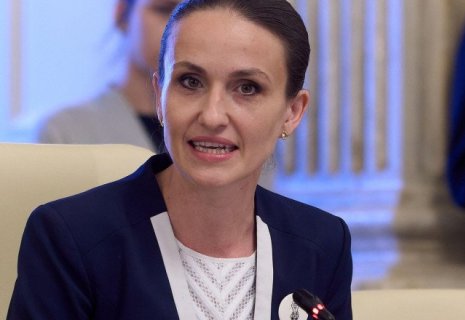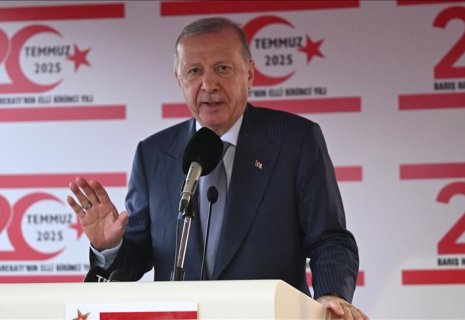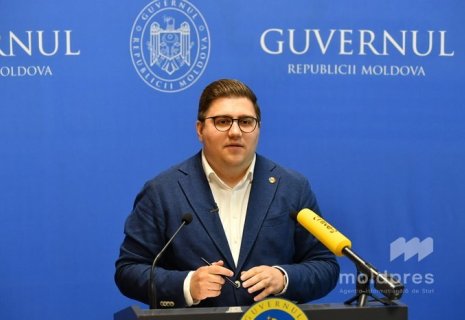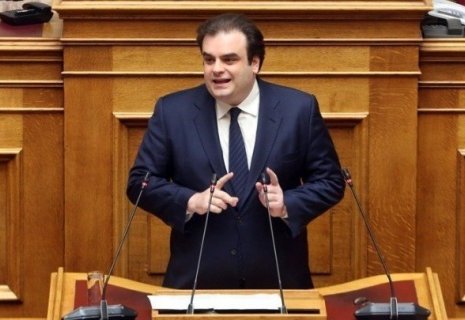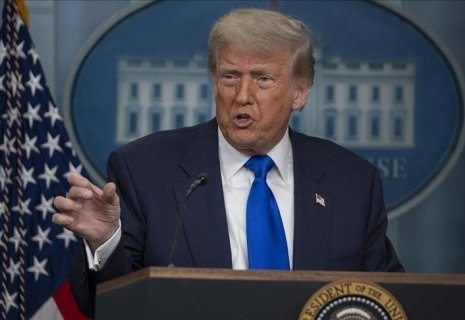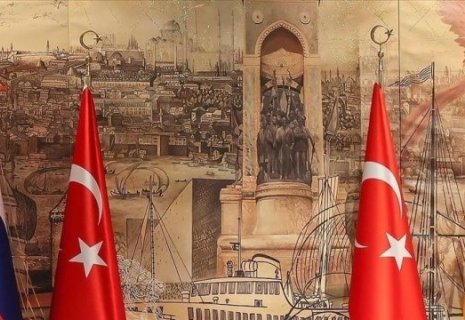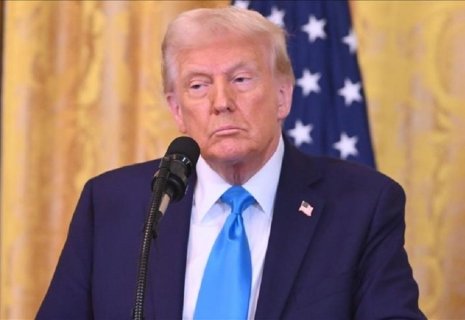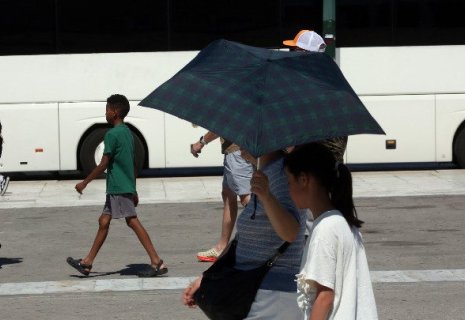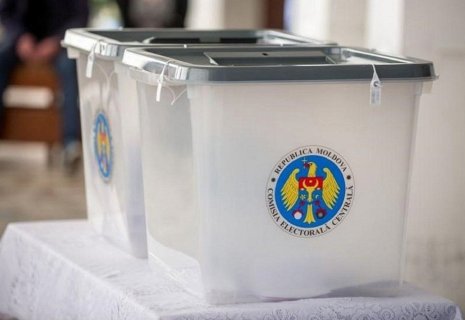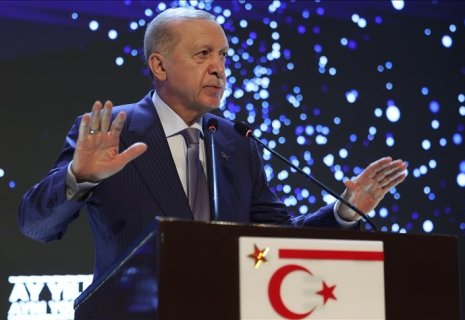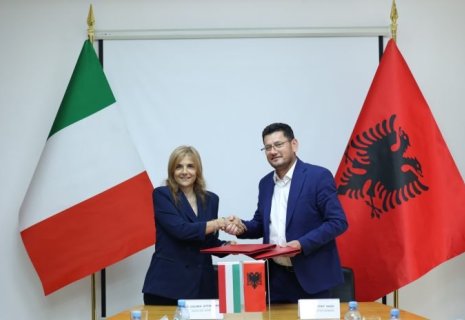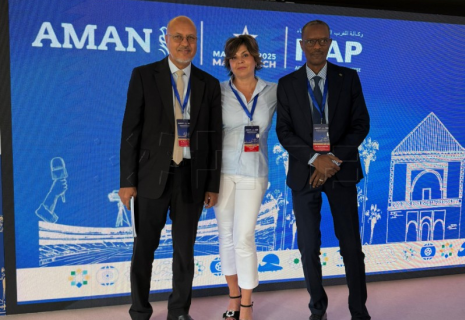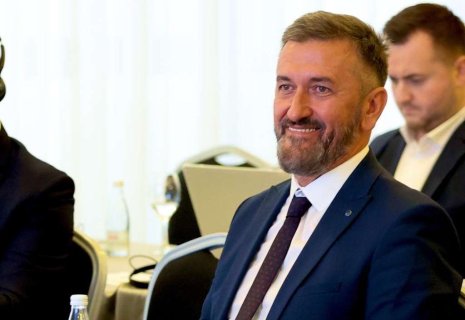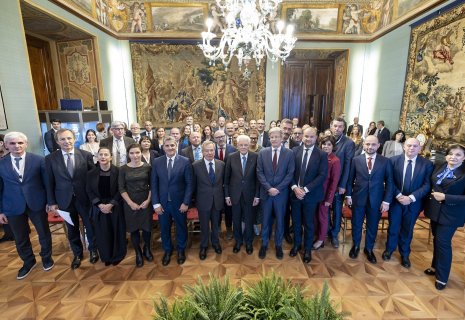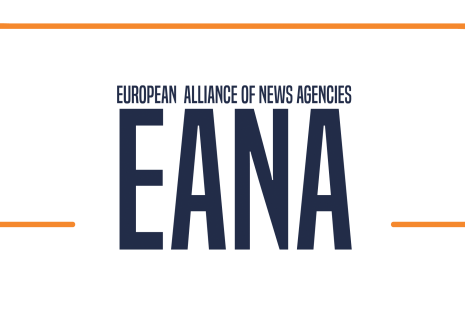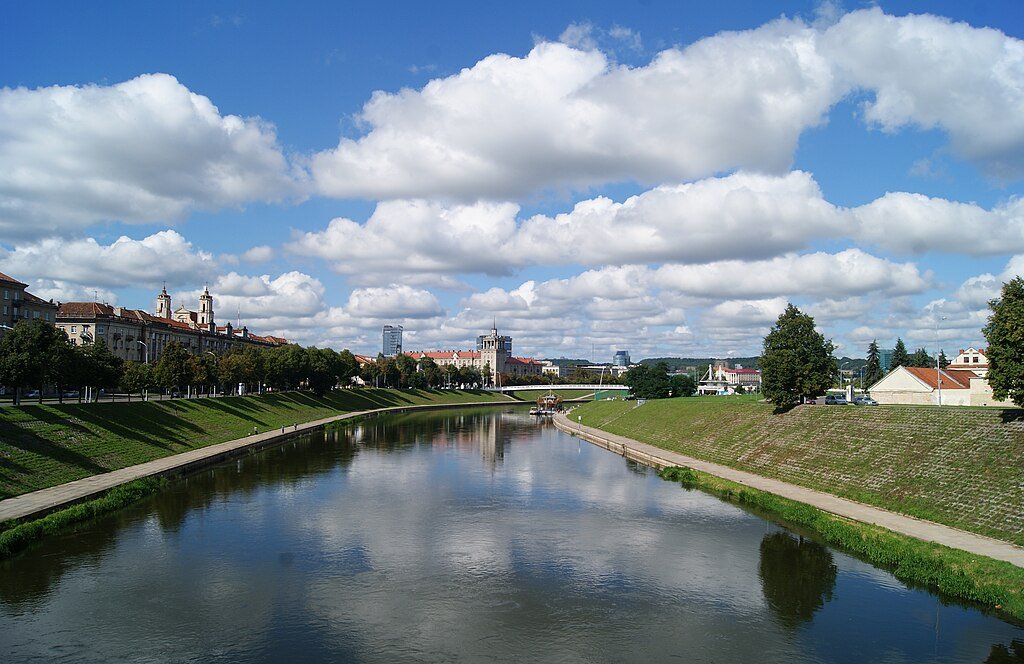
Lithuania and new energy sources for Kaliningrad
By Peter M. Tase
The rules-based international order is experiencing a stage of rapid, unpredictable and significant changes. Swing states within the European Union and Russia’s brutal invasion of Ukraine epitomize the constantly changing tectonic plates of transatlantic geopolitics. As Arthur Herman - a Wisconsin native distinguished historian and a former senior fellow at Hudson Institute - wrote: “It is not only politics that may be seen as war by other means. For centuries, governments have sought to demoralize and defeat their enemies without resorting to the battlefield.” While the current White House under the leadership of President Donald J. Trump has embraced a form of upheaval in its first six months, altering key policies, European relationships, and arrangements; Lithuania – a NATO and EU member nation - a parliamentary republic has openly demonstrated ethical dilemmas in the execution of its foreign policy and feckless roadmap in deterring Moscow’s hegemonic aspirations in the Baltics and eastern Europe.
As the genocidal Russian invasion of Ukraine, and Kremlin’s devastating crimes against humanity, continue to inflict irreparable damages over Ukraine for more than eleven years; Vilnius’ international trade policy looks more like business as usual as Russian Federation was among the top six trading partners of Lithuania in 2023. The European Union’s economic sanctions against Russia have not influenced Lithuania’s International trade policy and swing diplomacy.
The spine-chilling vacillations are demonstrated by the government of PM Gintautas Paluckas, in its efforts to aid the Kaliningrad region of the Russian Federation, by serving as its orange life vest hung on the roof of Königsberg Cathedral. Paluckas’ purported pro – Russian posture comes at a critical time when Moscow is desperately looking for alternative energy sources as its Kaliningrad region is facing an energy collapse. According to public sources, the Russian authorities are incapable to prevent the disruption of electrical energy supply and underground negotiations are underway as Belarus and Lithuania will allegedly come to rescue in these critical times.
It is imperative for European Union to stay rivetted on thwarting Moscow’s military threat and its growing attempts to convince Lithuanian officials to act against EU and NATO recommendations and interests. So far, Lithuanian authorities have failed to understand at a granular level the propaganda machine and influence of Russia in Europe through Kaliningrad region.
As warfare is in the midst of massive changes in reconnaissance systems and in all military domains simultaneously; on May 5th, Lithuanian government has announced that it will invest 1.1 billion euros over the next decade to strengthen security of its borders with Russia and Belarus.
On the other hand, Lithuania has the cards to provide electrical energy to Kaliningrad region in the future and in doing so this will be its major geopolitical blunder of the century.
Furthermore, almost a million Russian residents of this region will have to make a real choice in the future - in what political and legal framework will they continue to live - choosing between democratic Europe or authoritarian Russian regime.
It is paramount to emphasize that Aleksandr Ivanovich Udaltsov, a seasoned Russian diplomat, former Ambassador of Moscow to Lithuania, with ties to Russia’s security services, continues to have trusted human intelligence sources from Vilnius. At this juncture, for NATO, Lithuania is indeed a flare-up point.
On February 8th, 2025, the Baltic States withdrew from the regional joint energy system BRELL (Belarus – Russia – Estonia – Latvia – Lithuania). Therefore, the Kaliningrad region became energy isolated from the unified energy system of the Russian Federation and the Republic of Belarus. This makes the territory energy dependent on neighboring countries and vulnerable.
The 10-year agreement between the Lithuanian gas transmission operator Amber Grid and Russia’s Gazprom on the transit of natural gas to the Kaliningrad region of the Russian Federation through the sovereign territory of Lithuania expires in 2025. Under this agreement, Lithuania transits up to 2.5 billion cubic meters of gas per year via a 155-kilometer main pipeline with a diameter of 500 mm along the Minsk – Vilnius – Kaunas – Kaliningrad route.
The Republic of Lithuania is no longer dependent on Russian gas imports for domestic needs, as its purchases were completely stopped in April 2022. Now all the gas needed by Lithuania in liquefied form is supplied to the Lithuanian gas distribution network through the LNG terminal in Klaipeda.
In early March 2025, Lithuanian President Gitanas Nausėda stated that the issue of Russian gas transit corridor is not bilateral and the decision to extend the contract should be made at the European Union level. That is, despite the obvious commercial interests (Lithuania annually receives approximately 20 million euros in payments for gas transit to the Kaliningrad region), Vilnius openly demonstrates its commitment to a consolidated pan-European posture on Russian aggression against Ukraine.
The Kremlin is pinning all its hopes on the resolution of the issue of energy supply to the Kaliningrad region on the favorable lobbying of Hungary and Slovakia. Budapest and Bratislava can indeed block a likely negative decision of the European Union to engage with Russia. However, Hungary and Slovakia are not in a suitable position to lobby in favor of Moscow.
In 2019, to diversify the origin of gas provisions to the Kaliningrad region, Russia created an alternative sea route. An alternative to land-based route for supplying natural gas from mainland Russia to the Kaliningrad region is via the Baltic Sea. The base dock terminal is located 5 km from the coast in the Zelenograd region. The mobile regasification unit (MRGU) Marshal Vasilevsky receives liquefied gas on board at the Gazprom LNG Portovaya or Cryogaz-Vysotsk terminals in the Leningrad region and delivers it to its destination. In a re-gasified form, the gas is supplied to the Kaliningrad underground gas storage facility via an underwater pipeline, which is connected to the gas network of the enclave.
Anticipating a possible scenario of blocking pipeline transit, Gazprom plans to complete the expansion of the Kaliningrad UGS (underground gas storage) from the current capacity of 516 million cubic meters to 800 million cubic meters in 2025. This is done to create a strategic reserve for the region in case of supply disruptions, primarily in the event of a cessation of gas supply to the combined heat and power plants and thermal power plants built in the region over the past few years.
Energy flow for Kaliningrad is fundamental and geo-strategically important for Moscow and European Union nations must work hand in glove to economically crush Russia until its ruthless army withdraws from every inch of sovereign Ukrainian territory. Certainly, Vilnius plays a geographic role in these critical times as regional energy pipelines can further embolden economic statecraft of EU and further reduce Russia’s global leadership and geopolitical influence.
Photo: Wikipedia

